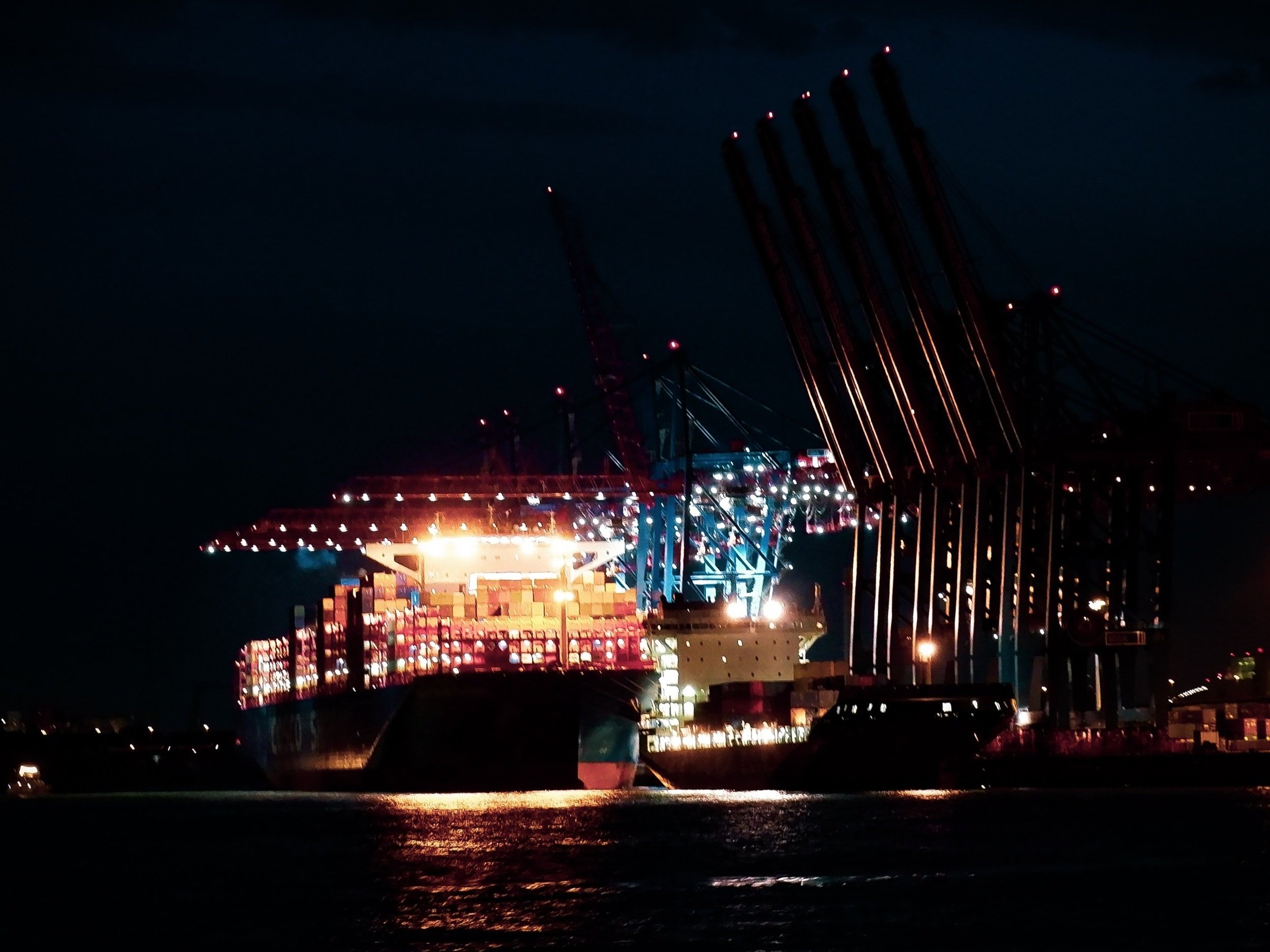February's U.S. Container import shows the largest monthly decline on record
🚢 February's U.S. Container import shows the largest monthly decline on record.
Last month, the container volumes received by the U.S. dropped 28% in merely thirty days. This data is staggering, considering January's numbers showed a surprising 17% of imports had declined. February marks the 5th consecutive month of a double-digit drop. Industry veterans are sounding the alarm that this decline will very likely continue for several more months. A dip in container imports in the US can pose a challenge for the economy because it is often an indicator of a slowdown in consumer spending and economic activity. Container imports are a key measure of international trade and reflect the demand for goods and services from other countries.
The number of blank sailings in the global container shipping market has reached its lowest point since the pandemic began, indicating a path toward normalization, according to Sea-Intelligence.
According to complaints filed with the U.S. Federal Maritime Commission (FMC), all of the top ten ocean container carriers have been accused of price gouging and unfair practices by shippers over the past 18 months.
Shipping companies are increasing their rates to ship containers from Asia to the US as they attempt to offset a fall in rates ahead of the importing season.
G Captain Founder and CEO Captain John Konrad is signaling the importance of changing how banks int he US operate when funding shipyards and naval security.
Container lines have historically been able to withstand increases in vessel capacity, but a massive increase in capacity could potentially pose challenges for the industry.
The port rotation includes three locations in Europe: Antwerp, Belgium, Rotterdam, Netherlands, and Tilbury, England.
With seventeen container ships sitting in a vessel queue outside of the Port of Savannah, Georgia’s harbor, it’s a pleasant relief after the reported thirty ships in line in October.
A survey of large shippers over the past twelve months shows that 62% of companies are viewing cost-reduction strategies as a top priority next year.
Containers are no longer in hot demand, so retail orders, shipping containers, and ship sailings are being canceled left and right.
With a recorded 2022 revenue of over $22 billion, the ocean logistics company is reporting higher volumes as compared to last year.
Globally, container shipping is still skyrocketing in profits.
Hapag-Lloyd is shipping 18k TEU’s and decarbonizing the heavy transport with advanced biofuels such as FAME - a fatty acid methyl ester.
Shipping firms are recognizing that there’s money on the table, and they aren’t afraid to grab it.
Ocean carriers received a verbal berating at June 15th’s Agriculture Transportation Coalition (AGTC) Annual Meeting.
he cost of running and maintaining steamships for shipping cargo across the sea is getting more expensive, as well as the product being moved.


















The shipping industry may struggle to secure enough carbon-neutral fuels to meet the 2030 maritime emission targets, according to DNV.